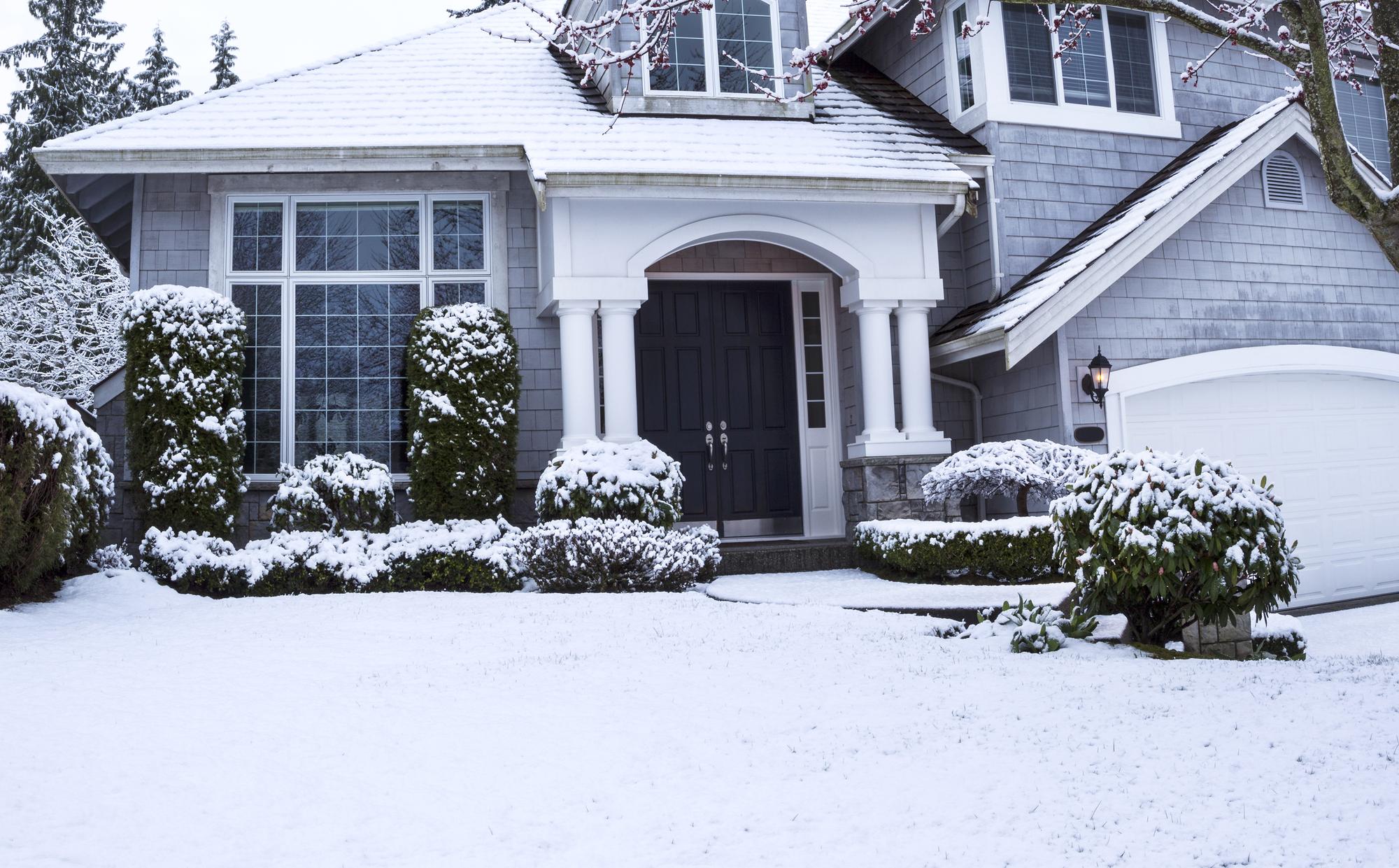Winter Home-Buying Series: What to Look For in the Cold Season
Roof and Exterior Inspection
In this post we’ll present tips on inspecting the roof, gutters, and exterior walls for signs of damage or poor maintenance, especially relevant in icy conditions.
The roof and exterior of a house are its first lines of defense against the harsh winter elements. Inspecting these areas is crucial, as they can often bear the brunt of any weather-related wear and tear. When viewing homes in winter, pay particular attention to the roof, gutters, and exterior walls, as issues here can be both costly and hazardous.
1. Roof Inspection
Why It’s Important: A compromised roof can lead to leaks, energy loss, and damage to the interior of the home. Snow and ice can exacerbate existing problems.
What to Look For: Check for missing, damaged, or curling shingles. Look out for ice dams, which form at the roof’s edge and prevent melted snow from draining properly, potentially causing water to seep under shingles and into the home. Also, observe the amount of snow accumulation; uneven snow distribution can indicate insulation issues.
2. Gutter Inspection
Why It’s Crucial: Gutters play a vital role in directing water away from the house. In winter, clogged or damaged gutters can lead to ice dams or icicles, which can damage the gutters themselves and the roof.
What to Look For: Ensure the gutters are securely attached and free of cracks. Look for icicles or large ice formations, as these are signs of potential clogging or poor drainage. Check if downspouts are directing water away from the house’s foundation.
3. Exterior Wall Inspection
Why It’s Necessary: The condition of exterior walls is essential for maintaining the home’s structural integrity and insulation.
What to Look For: Look for cracks in the siding or stucco, which could indicate structural issues or poor insulation. Check for signs of water damage or peeling paint, which can be precursors to more significant problems. Also, note any discoloration or mold growth, as these can result from water infiltration.
In icy and snowy conditions, it may be challenging to perform a thorough inspection of these areas. However, you can still look for visible signs of damage or wear. Always recommend a professional inspection for a more detailed assessment. Addressing these areas can not only prevent costly repairs down the line but also ensure the home you choose is well-equipped to handle the rigors of winter.
Key Points for Roof and Exterior Inspection: Look for signs of damage or poor maintenance, which can be more pronounced in winter conditions. Pay special attention to the roof, gutters, and exterior walls.
